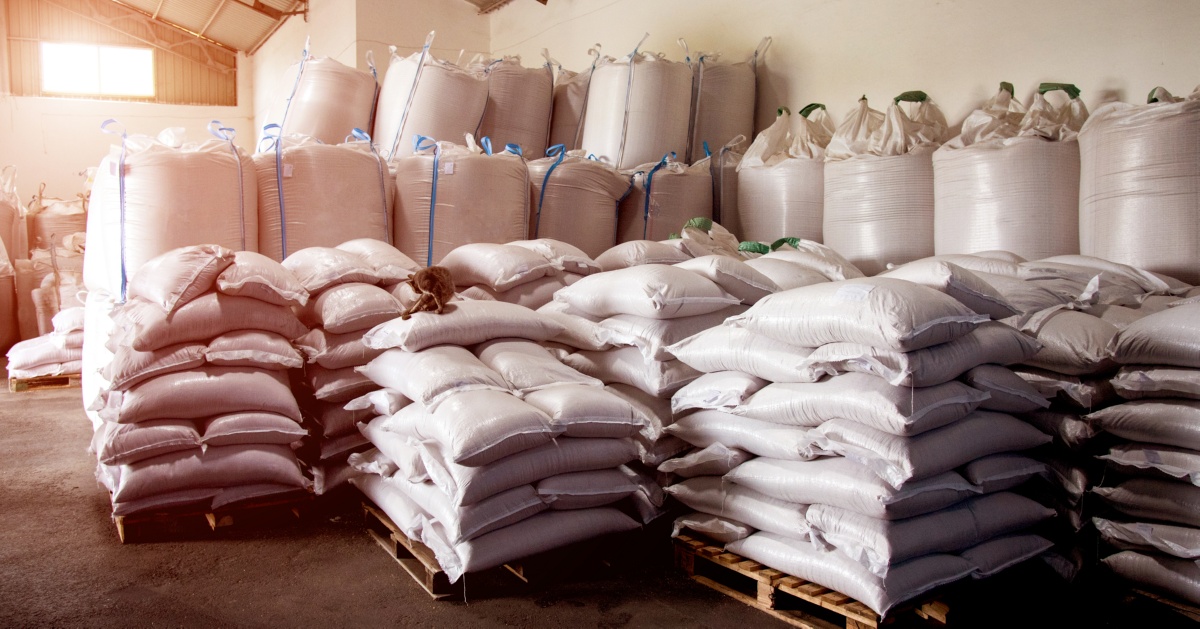Popular Uses for Bulk Bags: Who Orders Them and Why

Understanding how to apply bulk bag FIBC options to your industrial processes, supply lines, or any projects is as simple as seeing how others get the job done. Multiple industries and special projects have used FIBCs in safe and successful ways, and these details will point you in the right direction for great results.
Powders and Grain
Zinc ash, cobalt powder, sugar, flour, oats, and sand. The list goes on, but the theme is the same – if you need to transport powders or fine grains, FIBCs are perfectly fine.
Although many FIBCs may seem to be a bit too breathable for fine powders, your focus should be on the liners. Palmetto Industries also manufacturers liners that can fit inside FIBCs or your existing containers, which expands the usefulness of FIBCs.
These liners are what keeps powders in place. You won’t have to worry about leakage or puffs of product being lost from the sides, and the top can be closed off like any sealable membrane.
Do you have a custom liner requirement? Not sure if your process will work with Palmetto Industries bags? Certifications and quality assurance organizations such as the BRC (British Retail Consortium) are already compatible with FIBCs, but if you want to be sure, simply contact the Palmetto Industries sales team to schedule a consultation. Whether you need a warehouse chief, an operations specialist, or a material scientist to discuss specific needs, Palmetto Industries is ready to chat.
Solids and Amorphous Solids
Solids are the easiest materials for FIBCs. There are still a few safety concerns to observe as with any container, but the concept is simple: just put it in the bag!
Bricks, blocks, ballast, chunks of ore and metal-bearing are all easy candidates for FIBCs with or without liners. If you have materials that can handle punishment but worry more about the container being stained by paint or streaks from your product, a thicker bag or liner can help as well.
Amorphous solids are where some people may be confused. Chocolate is an easy solution because food-grade materials should be in liners as a standard procedure. If your materials aren’t food grade but can melt or shift through pores or threads, a liner saves the day yet again.
Liquid Filling, Transport, and Dispensing
Liners and food-grade FIBCs partner up again to deliver liquid bags that have amazing versatility.
Do you manage a factory that needs to drip, spray, or otherwise dispense multiple liquids into different containers? Treat FIBCs with liners as giant IVs and set up either a funnel and hose system or something more sophisticated.
Do you need to mix certain materials together? While vats and dedicated mixers are better, Palmetto Industries professionals can discuss mixing methods such as turning, twisting, shaking, or very limited mixing using precision tools as long as the bag won’t snag in the mixer. A fast twist and break of hazardous liquid aren’t fun for everyone, so be sure to plan it with the professionals.
If in doubt, adding liners to your vats or containers can make cleaning up easier. Contact a Palmetto Industries representative to discuss other great ways to bring FIBCs into your projects. Join the many successful FIBC bag customers in trusting bulk bag manufacturers that deliver high-quality, precision storage and shipping solutions.





